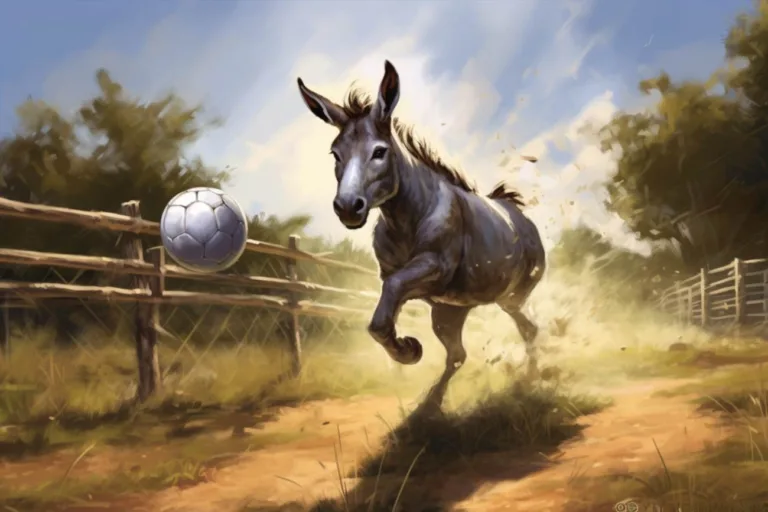Donkey kicks are a versatile exercise that targets the glutes and helps in building a stronger, firmer posterior. In this article, we will delve deep into the world of donkey kicks, exploring their benefits, proper form, variations, and frequently asked questions to help you master this effective workout.
Understanding donkey kicks
Donkey kicks, also known as bent-leg kickbacks, are a lower body exercise that primarily works the gluteus maximus, the largest muscle in the buttocks. This exercise is popular among fitness enthusiasts and is widely incorporated into strength training and booty-building routines.
Benefits of donkey kicks
Donkey kicks offer numerous advantages for those looking to tone and strengthen their glutes:
- Targeted Glute Activation: Donkey kicks isolate and activate the glute muscles, helping to shape and lift your buttocks.
- Improved Posture: Strengthening the glutes can contribute to better posture and reduced lower back pain.
- Core Stability: Donkey kicks engage the core muscles, enhancing overall stability and balance.
- Low Impact: This exercise is low impact, making it suitable for individuals of various fitness levels.
Proper form
Performing donkey kicks with the correct form is crucial to maximize their effectiveness while minimizing the risk of injury. Here’s how to do them:
- Start on all fours, with your hands under your shoulders and knees under your hips.
- Keep your core engaged and your back straight throughout the exercise.
- Flex your right foot and lift your knee to hip level, keeping your leg bent at a 90-degree angle.
- Push your heel toward the ceiling while squeezing your glutes.
- Lower your leg back to the starting position without touching the ground and repeat for the desired number of reps.
- Switch to the other leg and repeat the exercise.
Donkey kicks variations
Variations of the classic donkey kick can add diversity to your workout routine and target different muscle groups:
| Variation | Description |
|---|---|
| Straight Leg Donkey Kicks | Perform donkey kicks with a straight leg to increase the intensity and engage the hamstrings. |
| Resistance Band Donkey Kicks | Attach a resistance band to your ankles for added resistance, making the exercise more challenging. |
| Donkey Kick Pulses | Hold your leg at the highest point of the kick and pulse it up and down for a burning sensation in your glutes. |
Common mistakes to avoid
When performing donkey kicks, it’s essential to steer clear of these common mistakes:
- Arching your back: Maintain a neutral spine to prevent straining your lower back.
- Raising your leg too high: Lift your leg to hip level; going higher may lead to improper form.
- Using momentum: Control the movement to engage your glutes effectively.
Frequently asked questions
1. How many reps and sets of donkey kicks should I do?
The number of reps and sets can vary depending on your fitness level and goals. Typically, aim for 3 sets of 12-15 reps per leg for beginners and adjust as needed.
2. Can I do donkey kicks every day?
It’s recommended to give your muscles time to recover. Incorporate donkey kicks into your lower body workout routine 2-3 times a week with rest days in between.
3. Will donkey kicks make my buttocks bigger?
Donkey kicks can help build and tone your glutes, potentially giving them a firmer appearance. However, genetics and overall diet and exercise play a significant role in determining your buttock size.
4. Can I do donkey kicks without equipment?
Absolutely! Donkey kicks can be done without any equipment. However, you can add ankle weights or resistance bands to increase the challenge as you progress.
5. Are donkey kicks suitable for beginners?
Yes, donkey kicks are beginner-friendly, and you can modify them to match your fitness level. Start with the basic form and gradually increase the intensity.
6. How long does it take to see results from donkey kicks?
Results can vary from person to person. Consistency and a balanced diet are key factors in achieving the desired results. You may start noticing changes in a few weeks with regular practice.
#stop#
Zobacz także:






